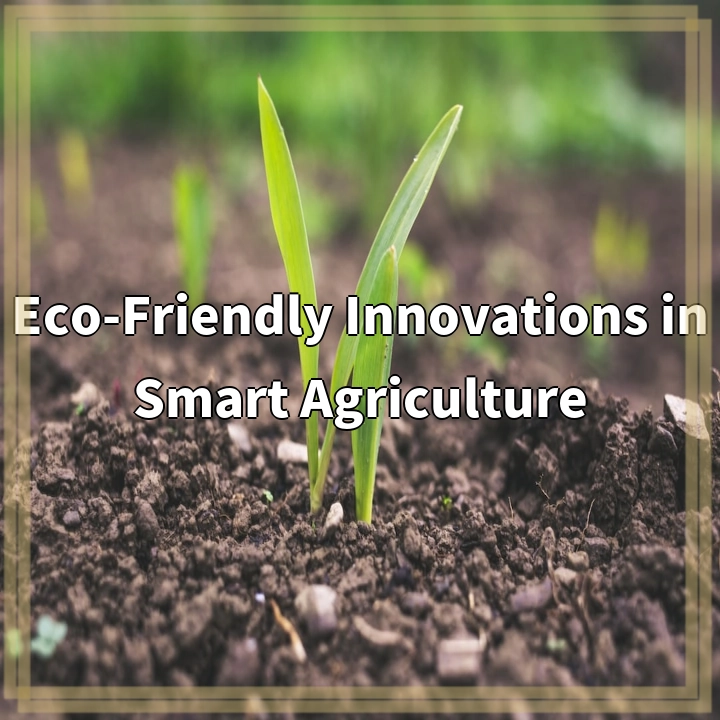
What are Eco-Friendly 3D Printing Materials?
Eco-friendly 3D printing materials refer to a category of materials that have been specifically developed to minimize the impact on the environment during the 3D printing process. These materials are made from sustainable and renewable sources, such as bioplastics, recycled materials, or natural fibers. They aim to reduce carbon emissions, waste generation, and the ecological footprint associated with traditional 3D printing materials.
Real-World Problems Associated with Eco-Friendly 3D Printing Materials
While eco-friendly 3D printing materials offer promising sustainability benefits, they are not without their challenges. Here are some of the real-world problems associated with these materials:
1. Limited Material Options
One of the main challenges of eco-friendly 3D printing materials is the limited variety of available options compared to traditional petroleum-based materials. This can restrict the design possibilities and applications, as specific material properties may be required for certain projects. However, ongoing research and development efforts are continuously expanding the range of eco-friendly materials, providing more options for different use cases.
2. Cost Considerations
Some eco-friendly 3D printing materials can be more expensive compared to their traditional counterparts. This can be attributed to various factors, such as the sourcing and manufacturing process of sustainable materials. As a result, the cost of using eco-friendly materials for 3D printing can sometimes pose a barrier, particularly for individuals or businesses with limited budgets. However, as the demand for these materials increases and production scales up, costs are expected to decrease over time.
3. Performance and Durability
In certain cases, eco-friendly 3D printing materials may exhibit lower performance or durability compared to traditional materials. This can be a concern, especially for applications where mechanical strength or resistance to environmental conditions are crucial. However, advancements in material science and engineering are continuously improving the properties of eco-friendly materials, making them more viable for a wider range of applications.
Despite the challenges, eco-friendly 3D printing materials represent a significant step towards sustainability in the additive manufacturing industry. As technology advances and more research is conducted, it is expected that these materials will continue to evolve, offering even more eco-friendly alternatives for 3D printing processes.

Solutions for Eco-Friendly 3D Printing Materials
Despite the challenges posed by eco-friendly 3D printing materials, there are several solutions in place to address these issues:
1. Research and Development
Ongoing research and development efforts are actively working towards expanding the range of eco-friendly 3D printing materials. Scientists and engineers are exploring new sustainable sources and refining manufacturing processes to improve material properties and increase the variety of options available.
2. Collaboration and Sharing Knowledge
Collaboration among researchers, manufacturers, and industry experts is crucial to drive innovation in eco-friendly 3D printing materials. By sharing knowledge and expertise, advancements can be made more quickly, enabling the development of high-performing and cost-effective materials.
3. Cost Reduction Efforts
As the demand for eco-friendly 3D printing materials grows, economies of scale will come into play, leading to cost reductions. Additionally, efforts are being made to optimize the sourcing and manufacturing processes, making the production of these materials more efficient and cost-effective over time.
4. Integration of Recycled Materials
One way to enhance sustainability in 3D printing is by integrating recycled materials into the production of eco-friendly filaments. This reduces waste and takes advantage of existing resources, recycling them into new usable materials.
By implementing these solutions, the limitations and challenges associated with eco-friendly 3D printing materials can be overcome. This will lead to a wider range of options, improved performance, and increased affordability, promoting a sustainable revolution in the additive manufacturing industry.















